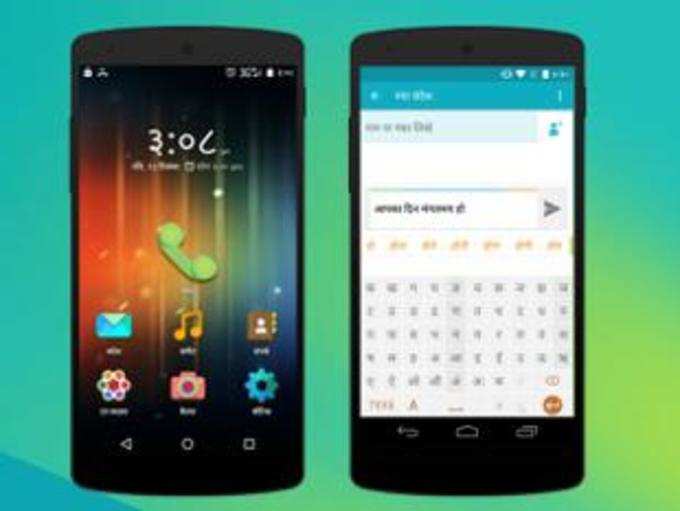
Mumbai-based
According to data from Counterpoint Research with ET, Indus OS had a 5.6% share in the total smartphone market during January-March, ahead of Apple's
"We're adding close to half a million activations every month and we expect to double this within the next six months," said Indus OS chief executive officer Rakesh Deshmukh. "We have targeted 100 million customers by 2018," he added. The company which started putting its OS in
Indus OS is available on 25 models
Xiaomi's has taken the No 3 position with a 4.1% share held by its MIUI operating system, while Cynaogen OS - used by Micromax's subsidiary YU Televentures on five models - is at No 4 with a 2.8% share of the market.
India has about 300 million internet users, which can potentially rise to 500 million within this year as per telecom minister Ravi Shankar Prasad, but not all are comfortable using English for all transactions. As internet companies ike
Indus OS, which raised $5 million in a series A funding from investors led by Omidyar Network in January, has larger reach than Google's own stock Android OS used on Android One phones, which is only available on about 1.2 million phones, data added.
Quick growth in the regional operating system can be attributed to the target segment it addresses, that includes millions of people that do not know English and prefer using their local language not only to converse but also as in their smartphones.
The OS has patented regional keyboards that support 12 languages and are capable of translating messages written in a local language to English with a left swipe and transliterating it by swiping right. It also has a local app called App Bazaar, allowing users to download apps in native languages, without requiring them to use email IDs or paying by credit cards.
"Over 90% of the users have activated App Bazaar and 75% use it on a monthly basis," Deshmukh said, and added that the company was in advance stages of talks with two other handset brands to extend partnership for the local language based OS.
Image credit: Indiatimes
